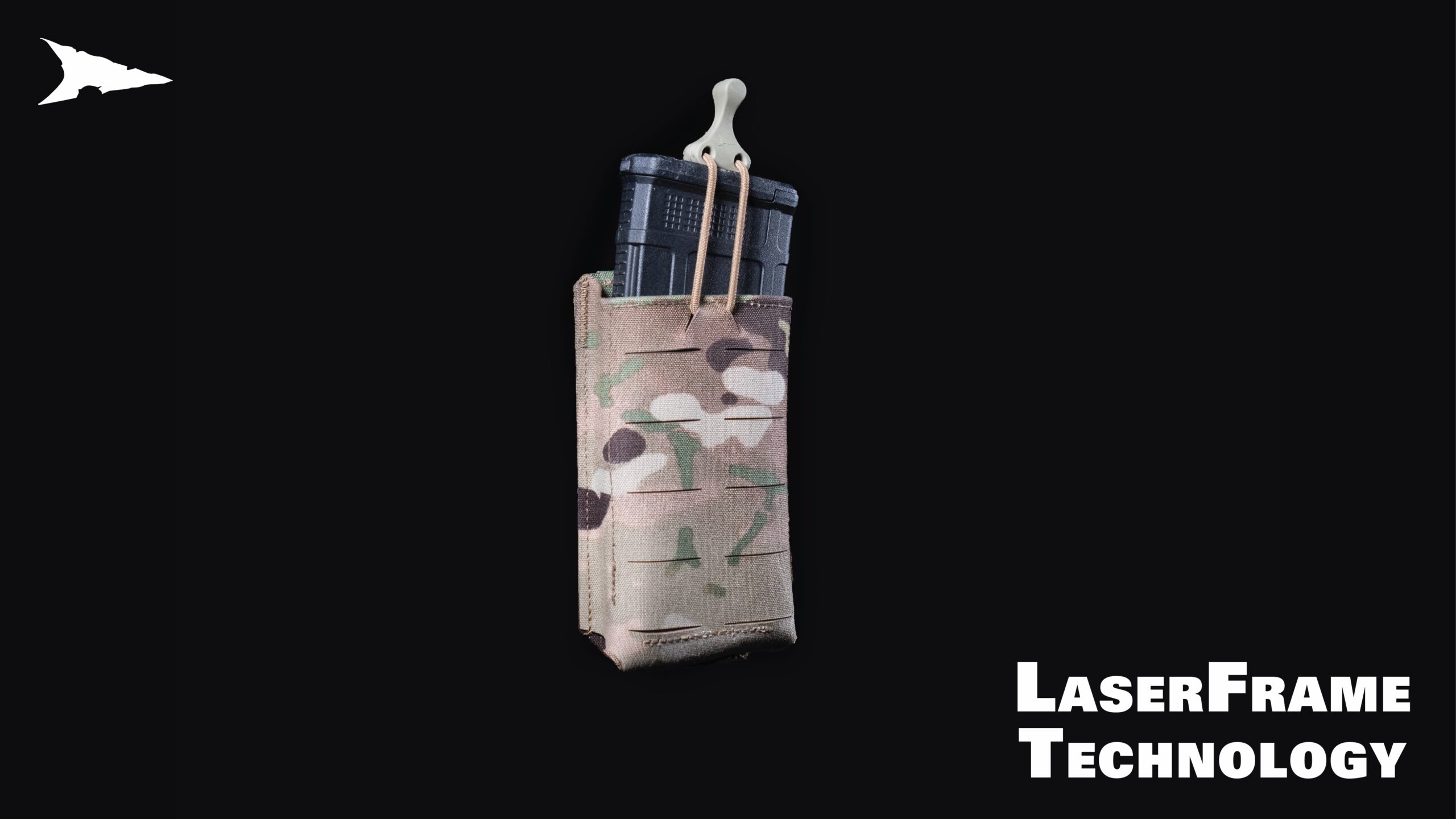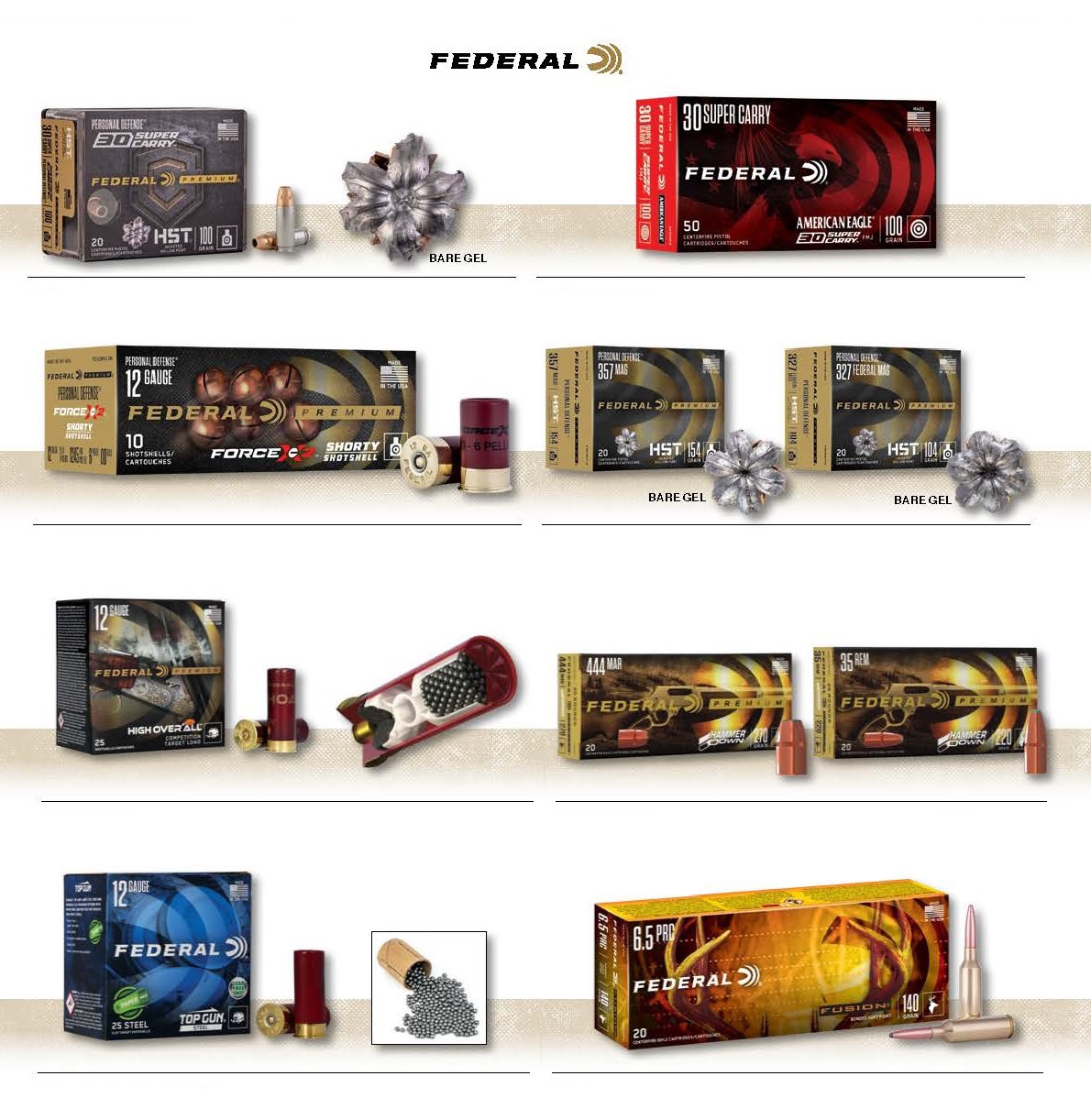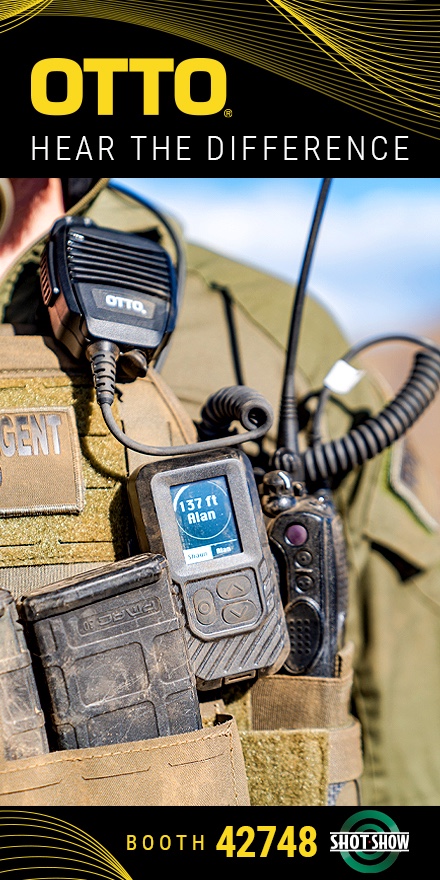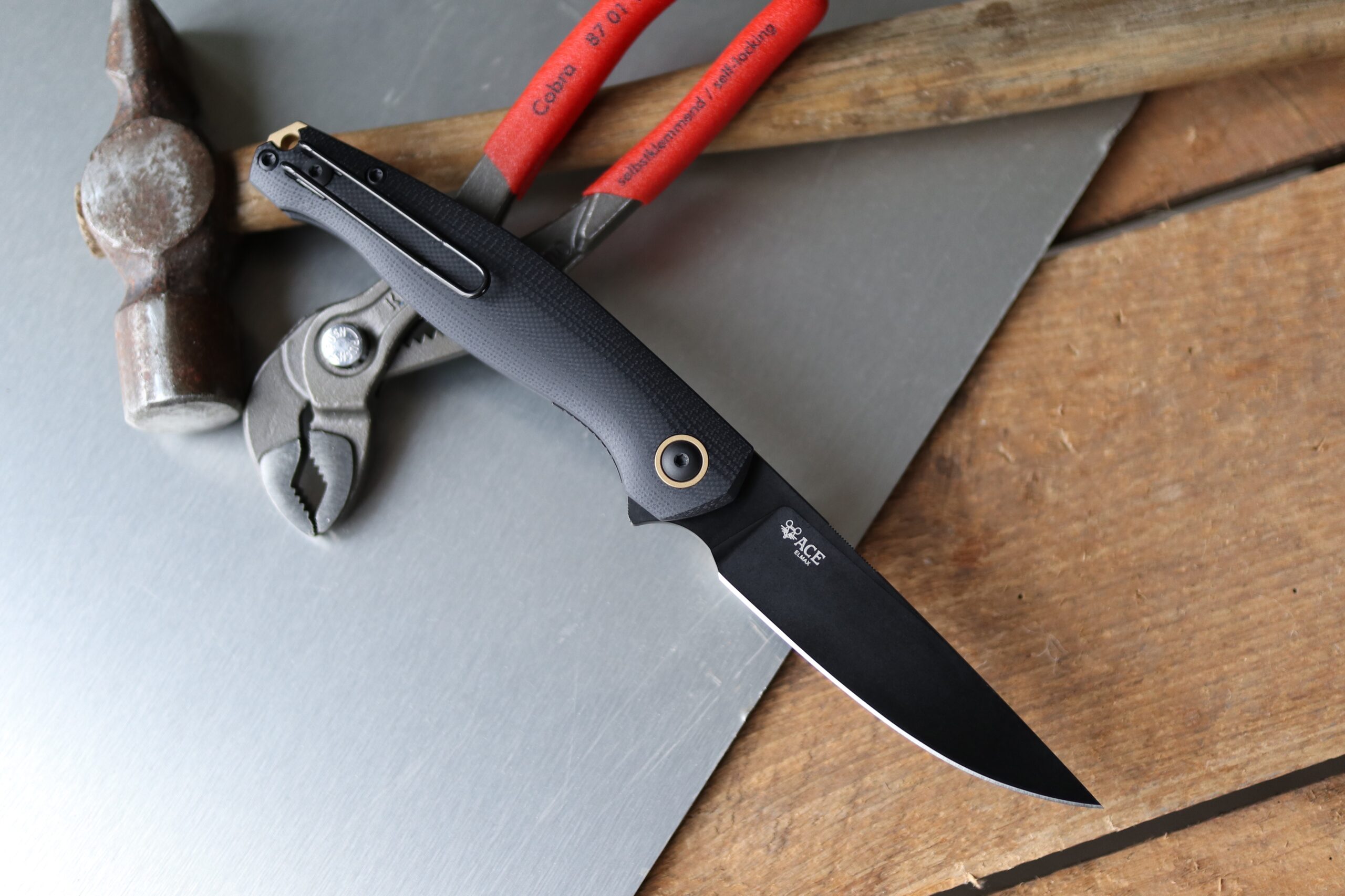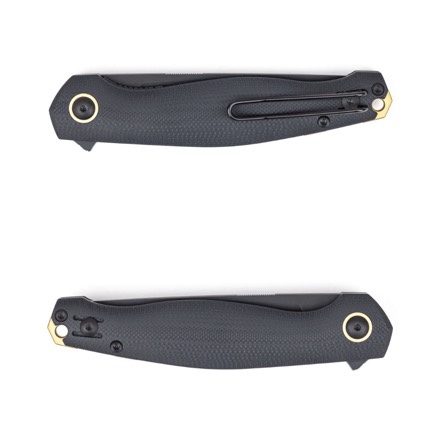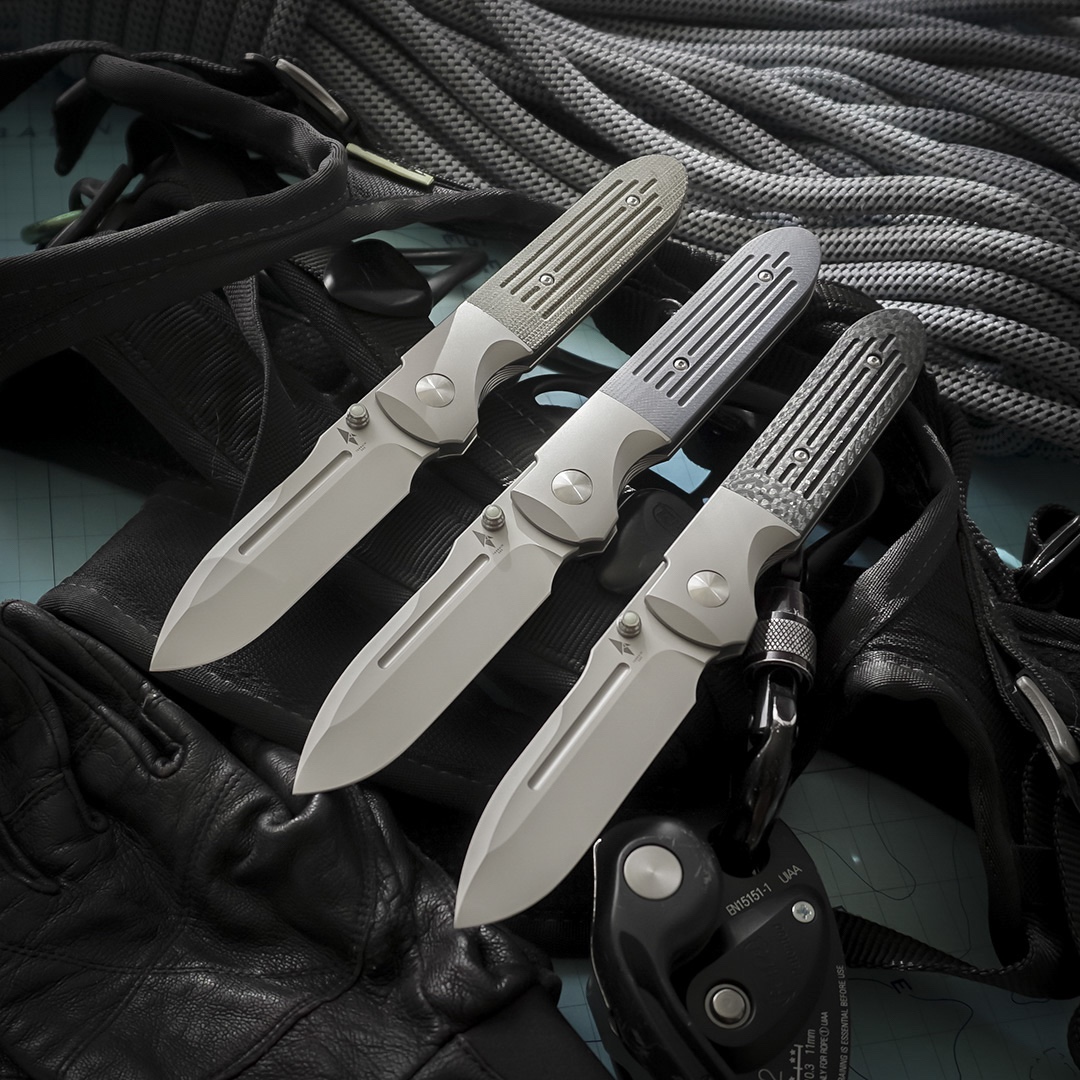Velocity Systems New Mission Configurable Chest Rig (MCCR), Mission Configurable Placard (MCP), Double 5.56 Insert, Triple 5.56 Kydex Insert, Double 7.62 Kydex Insert, Quad MPX Insert, Double Pistol Insert, Side Flap Radio Pouch Motorola APEX, Side Flap Radio Pouch 148-152s.
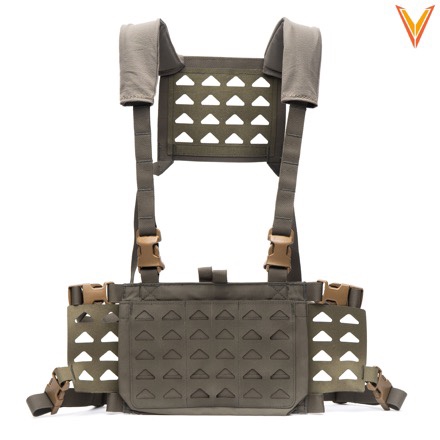
The Mission Configurable Chest Rig (MCCR) was designed with modularity in mind. This lightweight, versatile system can be run as a stand-alone chest rig (MCCR), or as a placard (MCP). The MCCR/MCP can be built to meet a wide range of operational requirements through the utilization of a host of accessory options including: 7 different magazine inserts, 2 radio inserts, MOLLE Side Flaps, a Kangaroo Zipper Top, and a Lower Abdomen Pouch.
The body is 10.5” long, 7” tall, 6.8oz and features: 5 rows of 6 column MOLLE, a kangaroo pouch for magazine inserts or the Kangaroo Zipper Top, a built-in map pocket, side envelope pockets to add radio inserts or MOLLE side flaps, and a bottom envelope pocket to add a Lower Abdomen Pouch. All pockets are secured with hook and loop VELCRO® brand closures.
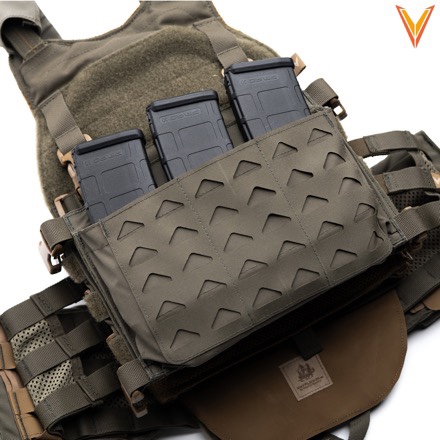
The kangaroo pouch can hold the Double Pistol Insert and Double 5.56 Insert simultaneously or the Triple 5.56 Kydex Insert, Triple 5.56 Insert, Double 5.56 Insert, Double 7.62 Kydex Insert, Double 7.62 Insert, Quad MPX Insert, Double Pistol Insert, or the Kangaroo Zipper Top (in size small) solo.
Two MOLLE side flaps come standard with the MCCR to add two extra rows of storage capability. The MOLLE side flaps VELCRO® directly into the side envelop pockets. To increase versatility, you can also utilize one of the two radio insert accessories in place of the MOLLE side flaps: Side Flap Radio Pouch Motorola APEX and Side Flap Radio Pouch 148-152s.
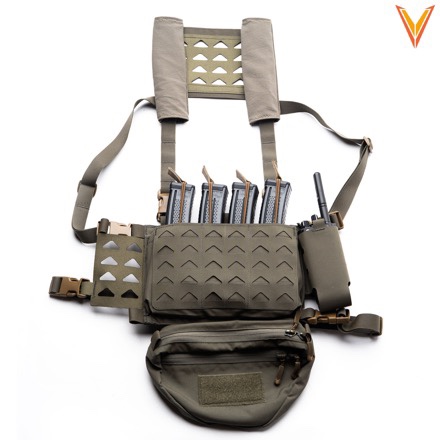
Comfort is key, the MCCR harness comes with padded shoulder sleeves made of a stretch woven material. The material allows enough elasticity to permit room for cable/hydration tube routing and adds comfort while still maintaining a low-profile design. The harness features a 4 row x 4 column MOLLE panel for antenna relocation routing, hanging a hydration bladder pouch or additional accessories. The harness can be adjusted for 6” of height by moving the front ITW QASM Buckles vertically in the provided sewn slots.
To increase versatility the Mission Configurable Chest Rig (MCCR) can be easily converted into the Mission Configurable Placard using the Velocity Systems SwiftClip® System. Simply remove the four 1″ split bar side release buckles and attach the placard to the front of your plate carrier by clipping in the two upward facing male buckles and attaching the hook VELCRO® on the back of the placard to the loop VELCRO® on the front of the carrier.
Note: The MCCR and MCP do not come with magazine inserts, radio inserts, the Kangaroo Zipper Top, the Lower Abdomen Pouch, or any other accessories. Some of these additional accessories are needed for operational requirements. Some images display optional accessories that are sold separately. The Mission Configurable Chest Rig (MCCR) comes with a harness, a waist strap, and MOLLE side flaps only. The Mission Configurable Placard (MCP) comes with side flaps only.
www.velsyst.com/collections/chest-rigs


